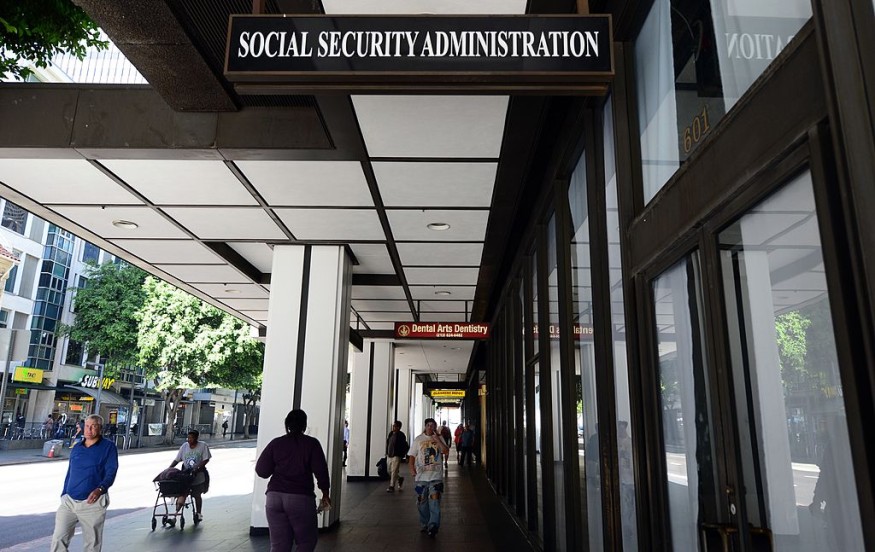SNAP Benefits Update: Can You Still Get SNAP If You're Receiving SSDI, SSI Payments?

More than 41 million people in the United States are participating in SNAP benefits, equating to 13% of the population.
The number of SNAP benefits recipients sharply increased in 2020 when the COVID-19 pandemic started. It was 35.7 million in 2019 and rose to around 40 million the following year.
The Supplemental Nutrition Assistance Program, or SNAP, is a federal anti-hunger program for low-income families, seniors, and people with disabilities.
Over two-thirds of participants are in families with children. However, not all eligible people receive SNAP benefits. Those receiving food stamp payments still have difficulty paying for adequate food on top of the housing and other basic living expenses.
This problem prompts recipients to search for different ways to meet ends. Other participants also apply for disability benefits if deemed eligible for the program.
SNAP Benefits, SSDI, and SSI
Social Security Disability Insurance or SSDI is a benefit paid to you and certain members of your family if you are "insured," which means that you worked long enough and paid Social Security taxes. You must apply directly to Social Security to get SSDI benefits.
If you receive SSDI and qualify for SNAP benefits, you can receive food stamps. But you will not be eligible for SNAP benefits even if you are getting SSDI disability and do not earn too much income for SSDI if your income and resources are very high.
However, SNAP does have some special rules for disabled people that can make it easier to qualify for food stamps. You must contact your state SNAP office to apply for food stamps, even if you're already receiving SSDI benefits.
People qualifying for disability benefits should contact and apply at their state SNAP office by phone, in person, or online. Certain documents are needed to file for an application, such as personal details about you, a list of your medical conditions, and your job history.
The state agency then makes the disability determination decision. The state will send a letter in the mail regarding its decision. It usually takes three to six months for an initial decision.
A disabled person can also qualify for SNAP benefits, as the program will not count all your income as a disabled person, which allows you to deduct certain expenses and makes it easier to qualify for food stamps. The SNAP program will already consider you disabled if you are receiving SSDI.
The SNAP excess medical expense deduction provision can also allow people to use reimbursed out-of-pocket medical expenses to help pass the net income test and qualify for SNAP medical assistance.
The deduction may be significant as it can lead to a higher SNAP benefit. Normally, to qualify for food stamp payments, you must meet both the gross income and net income after the taxes and deductions to be eligible for food stamps.
However, if you are disabled and getting SSDI, you only need to meet the net income limit. For 2022, the net monthly income limit must be equal to or below 100% of the poverty line, while countable assets must amount to $3,750 or less.
If you live alone, the net income should be $1,074 or less, while a two-person household can have a net income limit of $1,452.
Meanwhile, you may also be eligible to receive SNAP assistance to purchase food even if you are receiving Supplemental Security Income or SSI.
SSI is a program administered by the Social Security Administration that pays monthly benefits to low-income people with disabilities. It is a separate program from SNAP administered by the United States Department of Agriculture (USDA) that provides food stamps.
SSI eligibility for food stamps is also based on income and resources. However, people getting SSI are subject to a different income limit.
If you are applying for or receiving SSI, you can get SNAP information and an application form at your local Social Security office. Most SSI recipients are reportedly eligible for food stamps.
SNAP Benefits and SSDI, SSI Increase
SNAP benefits increased due to the cost-of-living adjustment (COLA) reflecting the high inflation. The new maximum SNAP benefit is worth $281, and each additional person in a household will have an extra $211 given to recipients.
The income eligibility standards and deductions also increased. A family of three's gross monthly income cap has increased from $2,379 to $2,495. SSDI benefits also increased due to the COLA rate. It will be from $1,364 to $1,483 for the average monthly SSDI benefit for a disabled worker.
With the 2023 COLA, the maximum federal payment for an SSI recipient will go up from $841 a month to $914. A married couple who are both SSI-eligible will receive up to $1,371 monthly, up from $1,261 this year.
This article is owned by Latin Post.
Written by: Mary Webber
WATCH: Social Security Benefits Increase in 2023 - From U.S. Social Security Administration
Subscribe to Latin Post!
Sign up for our free newsletter for the Latest coverage!
© 2025 Latin Post. All rights reserved. Do not reproduce without permission.















